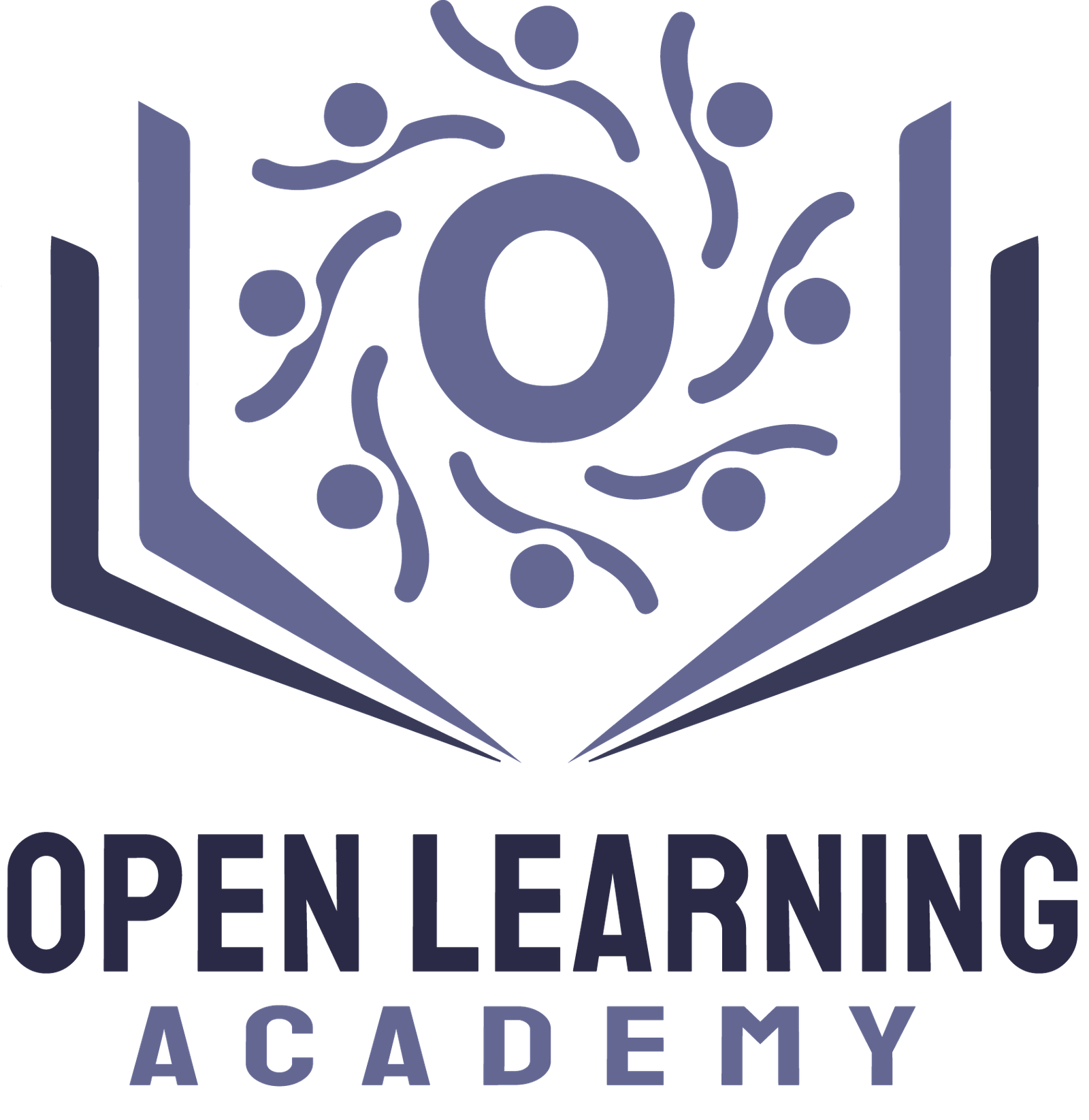No products in the cart.
Do you know why some documents in an organisation are treated with more care than others? This is where the concept of a controlled document comes into play. Understanding what a controlled document is and its significance can greatly enhance the efficiency and compliance of any business. Therefore, let’s delve into the details of controlled documents, their importance, and how they are implemented.
Understanding Controlled Documents
When a document is reviewed, approved, distributed, changed, and stored, it goes through an official process called a “controlled document.” By following this process, the paper stays correct, up-to-date, and only available to authorised users. But in real life, what is a managed document? It is any paper that is important to how an organisation works, stays manages quality.

Key Characteristics of Controlled Documents
Controlled documents have certain important features that make them reliable and useful in any organisation. These features help ensure that the information is accurate and consistent. Let’s look at the main traits that define controlled documents and how they help in managing documents effectively.
- Formal Review and Approval: Controlled papers must go through a strict review and approval process before they can be used. This makes sure that the data inside is correct and trustworthy.
- Controlled Distribution: Only authorised personnel are allowed to see these papers. This stops changes from being made without permission and makes sure that everyone is using the most recent information.
- Version Control: Controlled papers have set times for review and changes. This helps make sure that the paper stays accurate and useful over time.
- Compliance with Standards: A lot of controlled documents are made to meet standards like ISO 9001, which makes sure that processes are consistent and of high quality.
Why Are Controlled Documents Important?
Controlled documents play a crucial role in maintaining the quality and consistency of a company’s operations. Here are some reasons why they are indispensable:
- Consistency in Operations: By ensuring that all employees follow the same procedures and guidelines, controlled documents help maintain consistency in operations, which is key to quality management.
- Regulatory Compliance: Controlled documents are often required to meet regulatory standards, such as ISO 9001. This compliance is vital for organisations that aim to maintain high-quality processes and products.
- Improved Communication: With controlled documents, everyone in the organisation has access to the same information, reducing misunderstandings and improving communication efficiency.
- Enhanced Customer Satisfaction: When organisations provide accurate and up-to-date information, customer satisfaction improves, as clients receive consistent and reliable products and services.
Types of Controlled Documents
Controlled documents can be broadly categorised into two types: management documents and operational documents.
Management Documents
These are high-level documents that provide an overview of the organisation’s quality management system (QMS). Examples include:
- Quality Policy: Outlines the organisation’s commitment to quality and continuous improvement.
- Objectives and Scope: Defines the goals and boundaries of the QMS.
Operational Documents
These documents provide detailed instructions on how the QMS is implemented. They include:
- Procedures: Detailed steps that must be followed to complete specific tasks.
- Work Instructions: Specific guidelines for performing individual tasks.
- Records: Documentation of completed tasks and processes to provide evidence of compliance.
Implementing Controlled Documents

Implementing a controlled document system requires careful planning and execution. Here are some steps to consider:
- Identify Critical Documents: Determine which documents are essential to your business’s success. These could be compliance-related documents, operational manuals, or standard operating procedures (SOPs).
- Establish Review and Approval Processes: Set up a formal process for reviewing and approving documents. This ensures that only accurate and reliable information is distributed.
- Implement Version Control: Use version control to keep track of document revisions. This helps maintain the document’s accuracy and relevance over time.
- Control Access: Restrict access to controlled documents to authorised personnel only. This prevents unauthorised changes and ensures that everyone is using the same information.
- Regularly Review and Update Documents: Schedule regular reviews to ensure that documents remain current and effective. This is particularly important when there are significant changes in processes or standards.
Challenges in Managing Controlled Documents
While controlled documents offer numerous benefits, managing them can be challenging. Some common challenges include:
- Resource Constraints: Not all organisations have the resources to manage all documents as controlled. Therefore, it’s important to prioritise documents based on their importance to the organisation’s operations and compliance.
- Keeping Documents Current: Regular reviews and updates are necessary to keep documents relevant. This requires time and effort from the organisation.
- Ensuring Compliance: Meeting regulatory standards can be complex and time-consuming. Organisations must stay updated with the latest standards and ensure that their documents comply with these requirements.
Conclusion
Controlled documents are an essential component of any effective management system. They ensure consistency, compliance, and quality in an organisation’s operations. By understanding what a controlled document is and implementing a robust document control system, organisations can greatly enhance their efficiency and effectiveness. Therefore, if your organisation is considering ISO 9001 certification or simply wants to improve its quality management, focusing on controlled documents is a great place to start.





